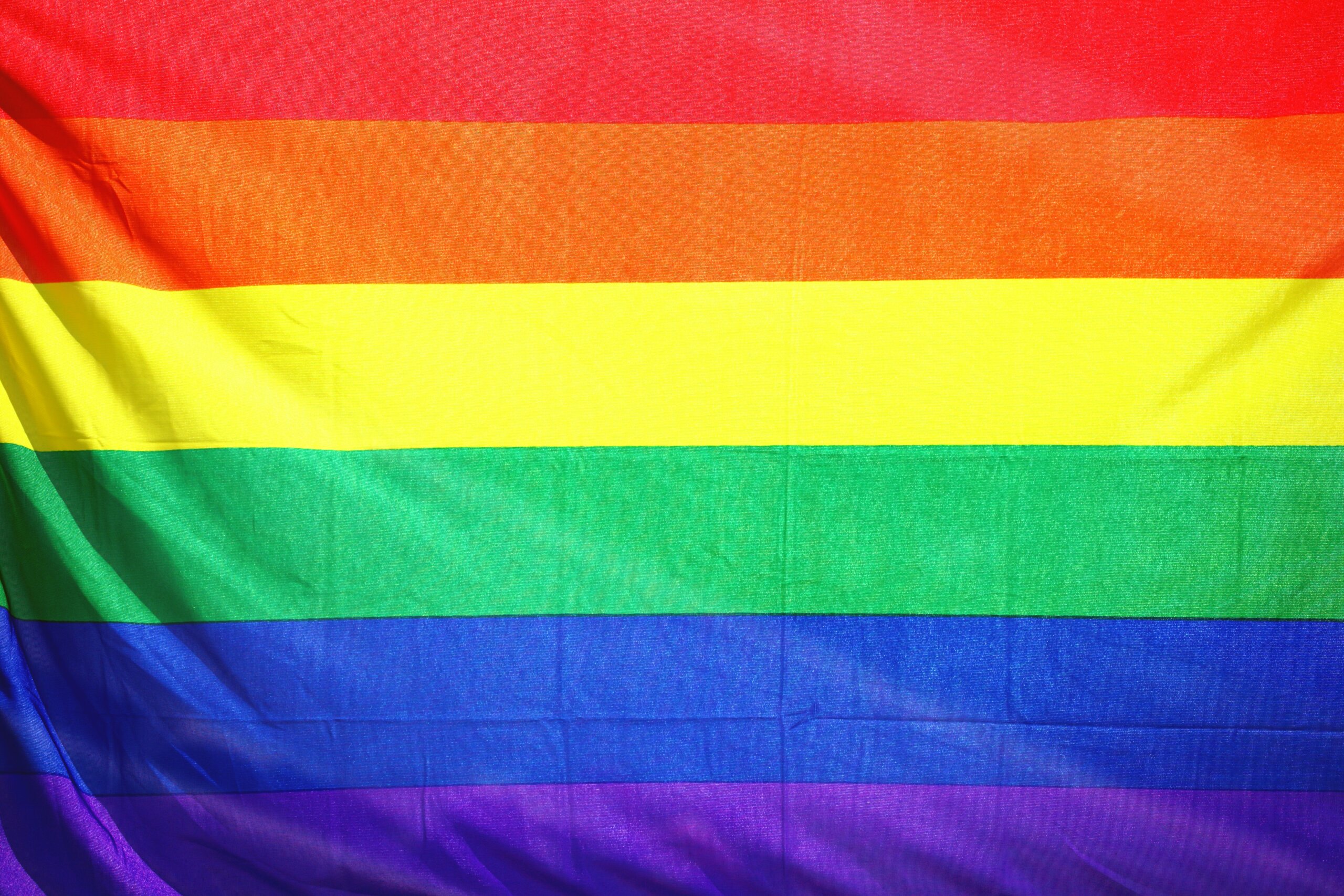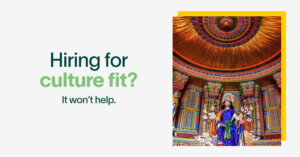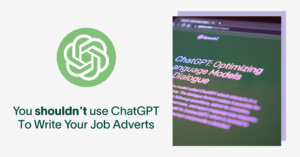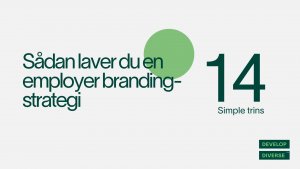According to EU data, one in five LGBTQIA+ experienced discrimination at work in 2019. Transgender applicants are over twice as likely to experience discrimination in the hiring process compared to cisgender candidates. In the US, 25% of employees haven’t disclosed their gender identity or sexual orientation to anyone at work.
“Organisations should strive to make applicants from this community feel safe and included at every stage of the recruitment process, and to never have to anticipate discrimination or bias,” says Samet Akti, Diversity and Inclusion Strategy Lead at Zalando, and independent DEI consultant. “But to do that, we need to examine where discrimination and barriers for applicants from this community may exist.”
So how do you do that? Read on to find out more.
How LGBTQIA+ applicants experience the workplace
“One of the things we need to be conscious about when talking about the LGBTQIA+ hiring experience is that this acronym lumps together different communities,” explains Samet. “But if we break it down a little, people face different kinds of barriers entering the workplace based on their sexual orientation or their gender identity. We need to be conscious about how these experiences are distinct, and how they may overlap.”
Research tells us that LGBTQIA+ folks experience discrimination across the entire hiring process and employee experience:
- A 2020 study found that transgender candidates applying to roles in traditionally male- or female-dominated fields were more likely to experience discrimination.
- A 2022 study examining the experiences of transgender and non-binary people at work found that employees from both groups reported that the workplace inhibited their authentic gender expression.
- Another 2020 study found that LGBTQIA+ employees reported worse treatment, less respect, and less fairness at work than non-LGBTQIA+ colleagues, leading to lower job satisfaction, and higher turnover intention.
Creating an inclusive hiring experience for LGBTQIA+ applicants
For candidates from the LGBTQIA+ community, discrimination experienced at every stage of the hiring process impacts how folks show up to work as their true selves. This is why for Samet, fostering inclusion needs to start even before candidates apply to your company.
“In your job advert, creating a more inclusive experience for folks from the LGBTQIA+ community starts with the language you use,” Samet explains. “Organisations often use words in their job adverts that limit or prevent specific communities from applying to roles. This type of language is likely to prevent trans or queer applicants from applying, because it feels overtly gendered.”
To work towards more inclusive communication norms, Samet suggests that organisations can bring in an external consultant for training, work with their internal DEI leader, leverage tooling that helps identify linguistic bias, and audit internal communication methods. It’s also important to create accountability among hiring managers and HR teams to use more inclusive language.
“On a very pragmatic level, it’s all about training the organisation and upskilling them on the use of inclusive language. But this shift is only one part of organisational change management, and change takes time. There’s no one specific way to approach it, and different people within your organisation will also have a different level of commitment.
“What’s most important is that organisations understand how using gendered language can lead to the reproduction of specific stereotypes. For example, if organisations always use the term ‘maternity’ leave, a more inclusive switch could be using parental leave, or overtly stating maternity and paternity leave. There’s also research out there that shows that women are less likely to apply for a role when the job advert contains terms like ‘rockstar’, for example. These small linguistic changes impact our subconscious mind over the long-term.”
To create a more inclusive hiring process for LGBTQIA+ candidates, Samet advises examining your end-to-end process stage by stage to identify where it might feel non-inclusive:
- Scan job adverts for overtly gender-biased language, or heteronormative concepts, like maternity leave, and add more inclusive switches.
- Share your pronouns in the interview. Sharing pronouns proactively opens the door for candidates to do the same, avoid misgendering, and demonstrates social competence.
- Use inclusive language in official corporate communications, including reports, internal communications, and press releases.
- Train your entire workforce to communicate more inclusively — but remember that shifting how we communicate will take time to change.
- Train all employees involved in hiring to respect the law on what they can and can’t ask in an interview regarding gender identity and sexual orientation, and how to offer candidate accommodations.
Ultimately, Samet says that the longer term process is about equipping your organisation’s decision-makers to scale inclusion for all.
“When considering the individual experience of discrimination, you need to consider how you can provide your organisation’s decision-makers with the necessary knowledge and sensitivity so that they don’t make decisions that perpetuate homophobia, transphobia, or any other kind of discrimination.”
Building an inclusive hiring process for LGBTQIA+ candidates is just the start
Building an inclusive hiring process is just one small part of your organisation’s overall journey towards inclusion and belonging.
“Your recruitment process actually starts with you taking a look behind the scenes of your organisation and understanding your culture and processes,” Samet says. “If the inclusivity of your recruitment process isn’t mirrored throughout the organisation, then your new hires will leave.”
Creating the right environment that attracts LGBTQIA+ candidates begins with how you communicate your job description, employer branding, and inclusivity as a company. This is something we can help with.
Develop Diverse is an inclusive communication platform that helps your organisation identify biased language, find simple switches, and build a more inclusive culture through the language you use. Book a demo to find out more.





